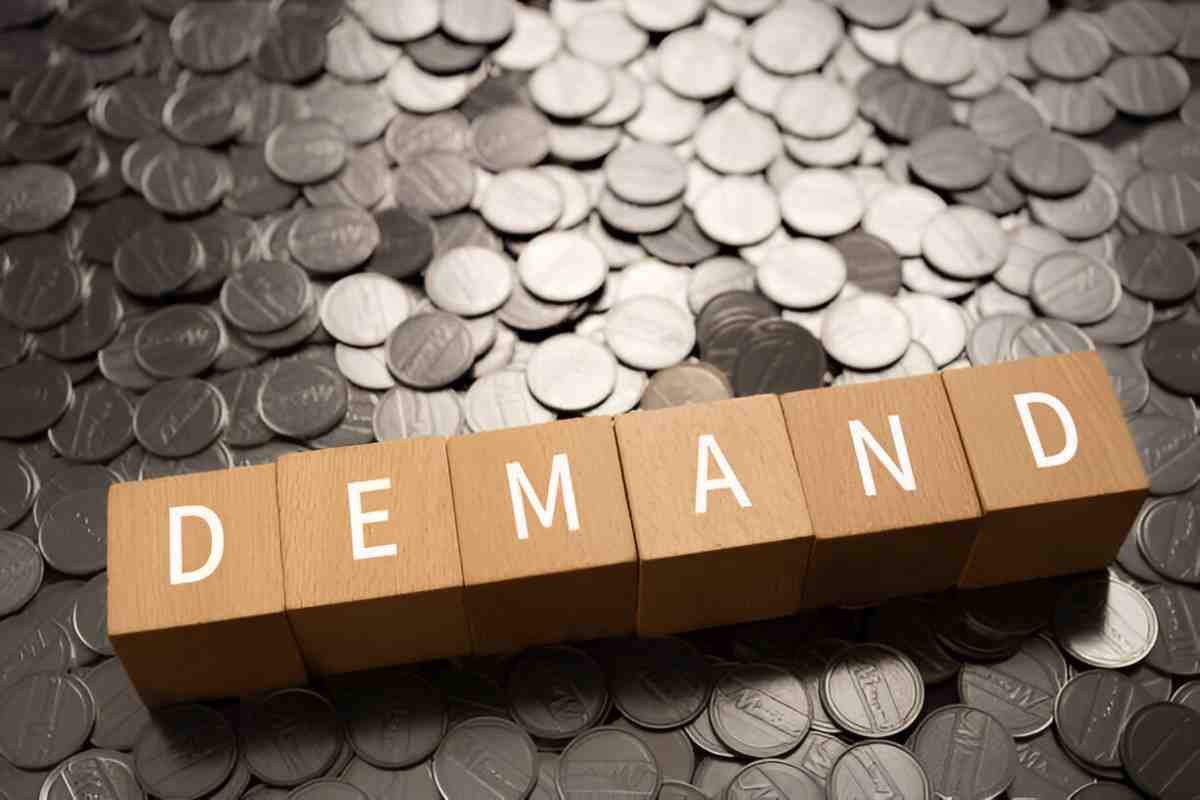The U.S. financial system relies on different forms of money to facilitate transactions, savings, and investments. Among the most critical components are currency, demand deposits, and money market mutual funds (MMMFs). Each plays a distinct role in the economy, affecting liquidity, monetary policy, and personal finance decisions. In this article, I’ll break down how these instruments function, their differences, and their impact on broader economic trends.
Table of Contents
1. What Constitutes the Money Supply?
Economists categorize money supply into different aggregates, primarily M1 and M2, based on liquidity and accessibility:
- M1: The most liquid forms of money, including:
- Currency (physical cash and coins in circulation)
- Demand deposits (checking accounts and other instantly accessible bank balances)
- M2: Broader than M1, including:
- M1 components
- Savings accounts
- Time deposits (certificates of deposit under $100,000)
- Money market mutual funds (retail)
The Federal Reserve tracks these measures to gauge economic activity and implement monetary policy.
2. Currency: The Most Liquid Asset
Currency consists of physical cash—Federal Reserve notes and coins—held by the public. Unlike digital money, it doesn’t earn interest and is primarily used for small, everyday transactions.
Key Characteristics of Currency
- Immediate liquidity: No conversion needed; accepted everywhere.
- Zero interest: Holding cash means losing value to inflation over time.
- Anonymity: Cash transactions are harder to trace than digital payments.
The Role of Currency in the Economy
Despite the rise of digital payments, cash remains crucial, especially in sectors like small retail businesses and informal economies. The Fed estimates that about C = \text{Currency in circulation} - \text{Vault cash} represents the actual money supply available to the public.
3. Demand Deposits: The Backbone of Digital Transactions
Demand deposits are checking account balances that depositors can withdraw at any time without notice. Banks use these funds to issue loans, creating a multiplier effect in the economy.
How Demand Deposits Work
When you deposit $1,000 in a bank, the institution keeps a fraction (the reserve requirement) and lends the rest. If the reserve ratio is 10%, the bank holds $100 and lends $900. This process repeats, expanding the money supply via:
M = \frac{1}{RR} \times \text{Initial Deposit}Where:
- M = Total money supply
- RR = Reserve requirement ratio
Demand Deposits vs. Currency
| Feature | Currency | Demand Deposits |
|---|---|---|
| Form | Physical | Digital |
| Interest | None | Minimal (some checking accounts offer tiny yields) |
| Access | Instant | Instant (via debit cards, checks, transfers) |
| Safety | Risk of loss/theft | FDIC-insured up to $250,000 |
4. Money Market Mutual Funds (MMMFs): A Near-Money Asset
MMMFs are investment vehicles that pool money to buy short-term, high-quality debt like Treasury bills and commercial paper. They offer higher yields than savings accounts but are not FDIC-insured.
Types of MMMFs
- Retail MMMFs: For individual investors (included in M2).
- Institutional MMMFs: For corporations and large investors (not in M2).
Why Investors Use MMMFs
- Higher returns than traditional savings accounts.
- Liquidity: Shares can typically be redeemed within one business day.
- Lower risk than stocks due to short-term, high-credit-quality holdings.
Example Calculation: MMMF Yield
If a fund holds $1 million in 90-day T-bills yielding 3%, the annualized return is:
\text{Yield} = \left(1 + \frac{0.03}{4}\right)^4 - 1 \approx 3.04\%5. How These Instruments Affect Monetary Policy
The Federal Reserve influences money supply through:
- Open market operations (buying/selling Treasury securities).
- Adjusting reserve requirements (though seldom used today).
- Setting the federal funds rate, which indirectly affects MMMF yields.
When the Fed raises rates:
- MMMF yields increase.
- Demand deposit interest may rise slightly.
- Currency holdings remain unaffected.
6. Practical Implications for Consumers and Investors
When to Hold Currency
- For emergency cash needs.
- In cash-heavy industries (e.g., retail, food services).
When to Use Demand Deposits
- Daily transactions and bill payments.
- As a liquid buffer in a banking relationship.
When to Invest in MMMFs
- For short-term savings with better yields than savings accounts.
- As a parking spot for funds before reinvesting.
Conclusion
Currency, demand deposits, and MMMFs serve different but complementary roles in the financial system. While currency ensures transactional ease, demand deposits facilitate digital commerce and credit expansion, and MMMFs provide a low-risk investment alternative. Understanding these instruments helps individuals and businesses optimize liquidity and returns while navigating monetary policy shifts.





